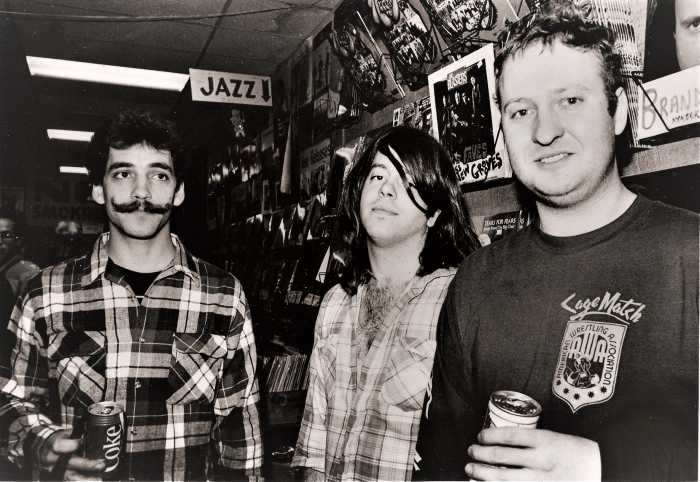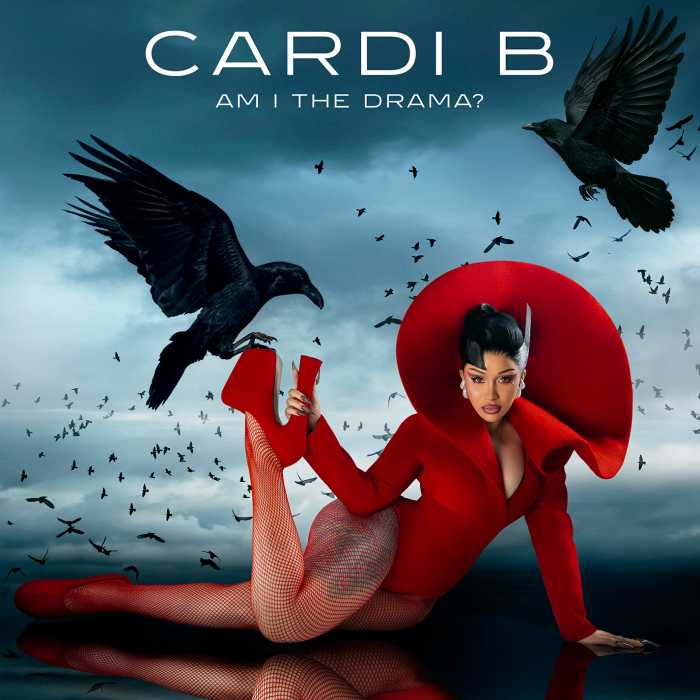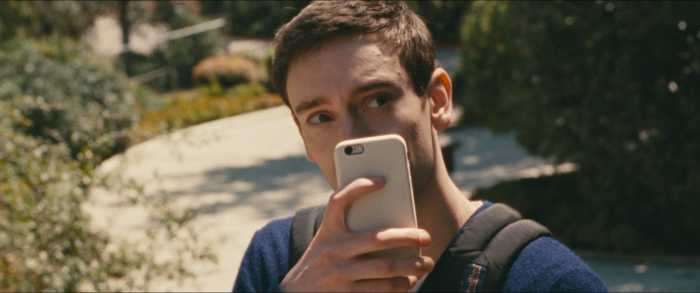Opera composers like to take their audiences to glamorous exotic places. Thanks to Verdi, Massenet, and Bizet, I’ve recently had a tour of Spain — through the eyes and ears of a true Italian and two Frenchmen.
Opera Orchestra of New York presented its first full concert opera since 2008, introducing new musical director-designate Alberto Veronesi on October 25. Veronesi conducted a double bill of Mascagni’s familiar “Cavalleria Rusticana” paired with Massenet’s 1894 rarity, “La Navarraise.”
The works have a common thread — “La Navarraise” was written for the volatile Emma Calvé, a famous Santuzza and Carmen. Massenet dipped a manicured Gallic toe into the stormy waters of verismo — the one-act opera was nicknamed “Calvélleria Espagnola.”
OONY welcomes new leader; Met brings back “Carmen,” dares “Il Trovatore”
In honor of Veronesi’s arrival, a constellation of stars made OONY debuts. Roberto Alagna took the tenor lead in both operas, but one wonders how much he rehearsed the Mascagni opera. He was the only soloist reading a score, despite having sung the role onstage quite recently. In fresh refulgent voice, Alagna’s tendency to sing slightly sharp can translate into brilliant squillo in the theater. A moving final aria — finally off book — made up for earlier vagaries.
Maria Guleghina’s imposing dark tone and powerful brooding presence made for an effective Santuzza despite a lack of chest tones and a few flat high notes. Seventy-nine-year-old mezzo Mignon Dunn as Mamma Lucia wielded some good upper middle notes and declaimed the rest with old pro authority. Carlos Almaguer blustered too much as Alfio, but Dunn’s pupil Krysty Swann was a voluptuous Lola.
Veronesi showed virtuosic control of orchestral color and texture, but in “Cavalleria,” the singers and conductor seemed in disagreement over tempos.
“La Navarraise” showed more preparation with all the singers keeping careful watch on their scores and the conductor. “Navarraise,” however, is not as indestructible as “Cavalleria,” and despite some charming incidental music, the central dramatic passages are second-drawer Massenet.
The story is basically an updated Judith and Holofernes reset during Spain’s Carlist wars. Anita, a woman of Navarre, offers to kill the enemy leader in exchange for a dowry. Her violent act results in the loss of her lover’s life and her own sanity. The role needs a demented diva to put it over. Elena Garanca, currently marketing her blonde, blue-eyed self as opera’s leading Latin spitfire with her new CD “Habanera,” is anything but that.
In a role without a major aria, Garanca’s creamy homogenous tone again pleased. But her lack of verbal profile and coloration kept the dramatic temperature below the boiling point — the insane hysterical laughter that ends the opera was omitted. Alagna’s authentic French delivery and commitment could not take up the slack, as his role is subsidiary.
Ildar Abdrazakov sang impressively as the General. Despite high-level musicianship all around, one could see why “Cavalleria” has kept the stage while “Navarraise” seems stuck in the past.
Garanca brought her Carmen back to the Metropolitan Opera with last year’s promising new Don José, Brandon Jovanovich. Garanca’s cat-eyed reserve suits Carmen, but her tone seemed one size too small and rather soprano in timbre. Jovanovich was often dramatically stolid, with stiffness creeping into his high notes. I am impressed with his stylish French diction and soft singing in the lyrical music, but the tone became fragile and recessed in dramatic passages.
Nicole Cabell’s lush, soft-centered tone was stretched by the outspoken climaxes of Micaela’s third-act aria. John Relyea’s Escamillo sang out of the side of his mouth in a tone more grainy than suave.
Conductor Edward Gardner, the hottest stick waver in Britain right now, made an uneven but promising debut, mixing good ideas with shaky execution. Richard Eyre’s production was improved by the decision to keep Carmen and Don José downstage left and off the turntable for the final tableau.
The medieval Spain of Verdi’s “Il Trovatore” (reset in a Goya-inspired 19th century by director David McVicar) seems an alternate universe to the veristic operas discussed above. Caruso said that all you need for “Il Trovatore” are the four greatest singers in the world. The talented quartet the Met wielded for this revival’s opening night seemed better suited to verismo or French opera.
Patricia Racette, singing with increasing ease over a cold, evinced dramatic and musical intelligence as Leonora. Her un-italianate tone, however, is too bright and shallow, her best qualities wasted in this purely vocal role. Marcelo Alvarez as Manrico was mellifluous in cantilena but punchy in the heroic passages, the tone losing center.
Željko Lucic has a genuine Verdi baritone but one too thick and booming for the high-lying legato of “Il Balen.” Marianne Cornetti’s Azucena revealed a brilliant top register but lacked biting chest tones. Cornetti’s gypsy looked too blandly maternal for her ferocious stage business.
Conductor Marco Armiliato was attentive to the singers’ needs while keeping the show moving.
A true taste of Spain was provided by Xavier Montsalvatge’s one-hour children’s opera “El Gato con Botas” (“Puss in Boots”) presented at the New Victory Theater in a Gotham Chamber Opera and Tectonic Theatre Project co-production, in association with Blind Summit Theatre.
Moises Kaufman’s production retold the Perrault fairy tale with childlike humor and fantasy executed with adult sophistication.
Conductor Neal Goren understood the flamenco and Spanish art song qualities of Montsalvatge’s witty, angular score. A young cast augmented by a bevy of delightful puppets enlivened every moment.
May I suggest Gotham Chamber Opera revive this in repertory with their production of Respighi’s “La Bella Dormente nel Bosco”? Opera-loving children and adults would be as deeply in their debt as the opera’s poor Miller is to his dapper cat.


































